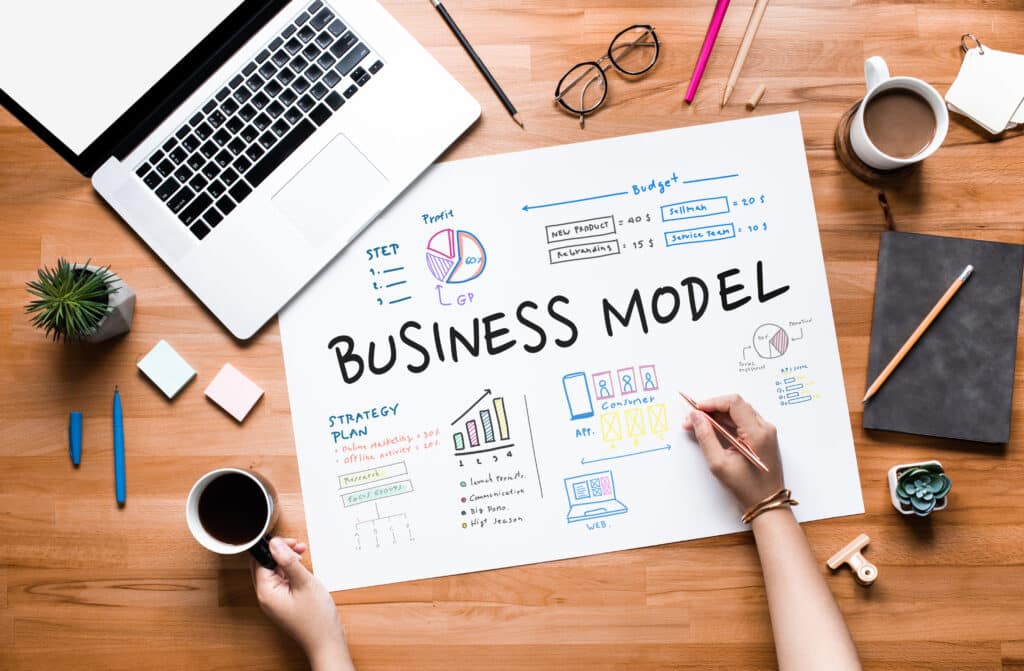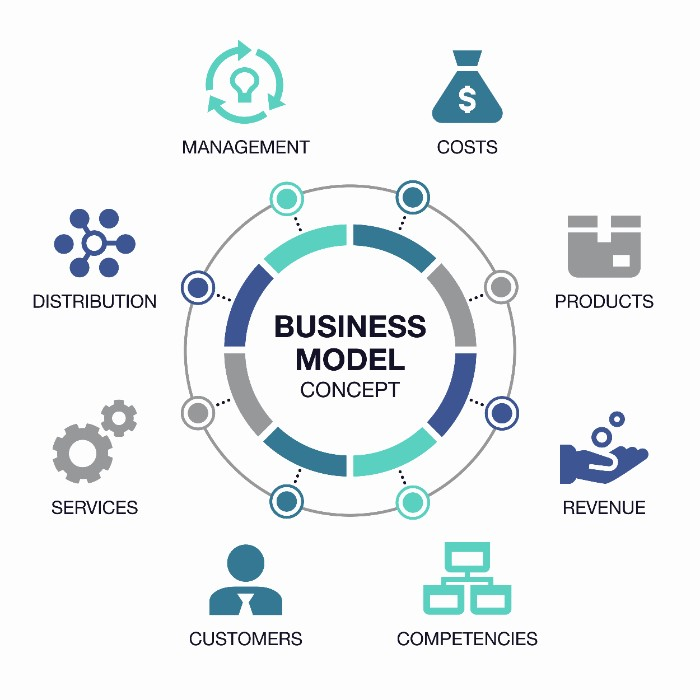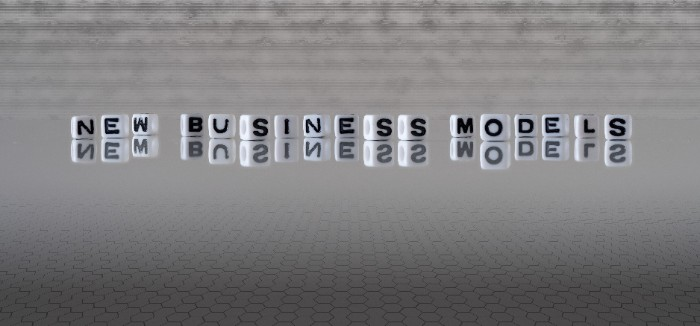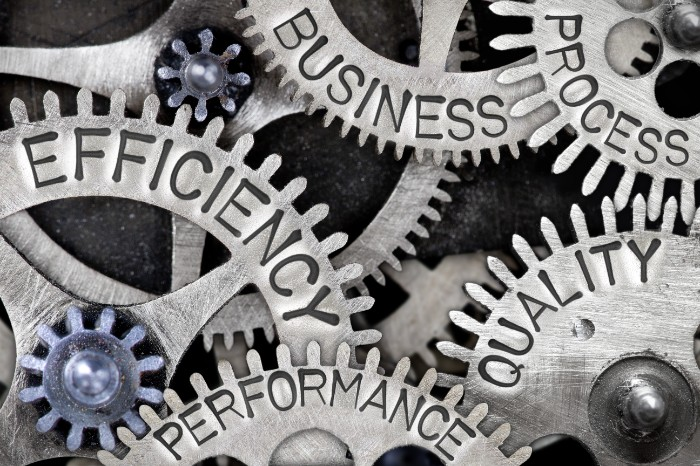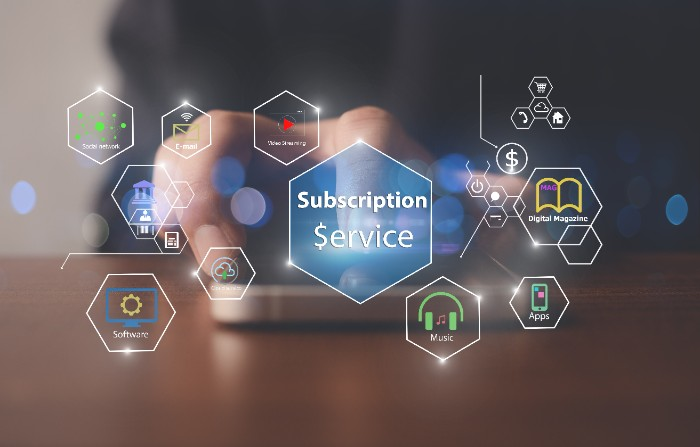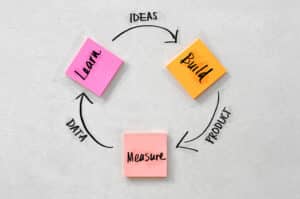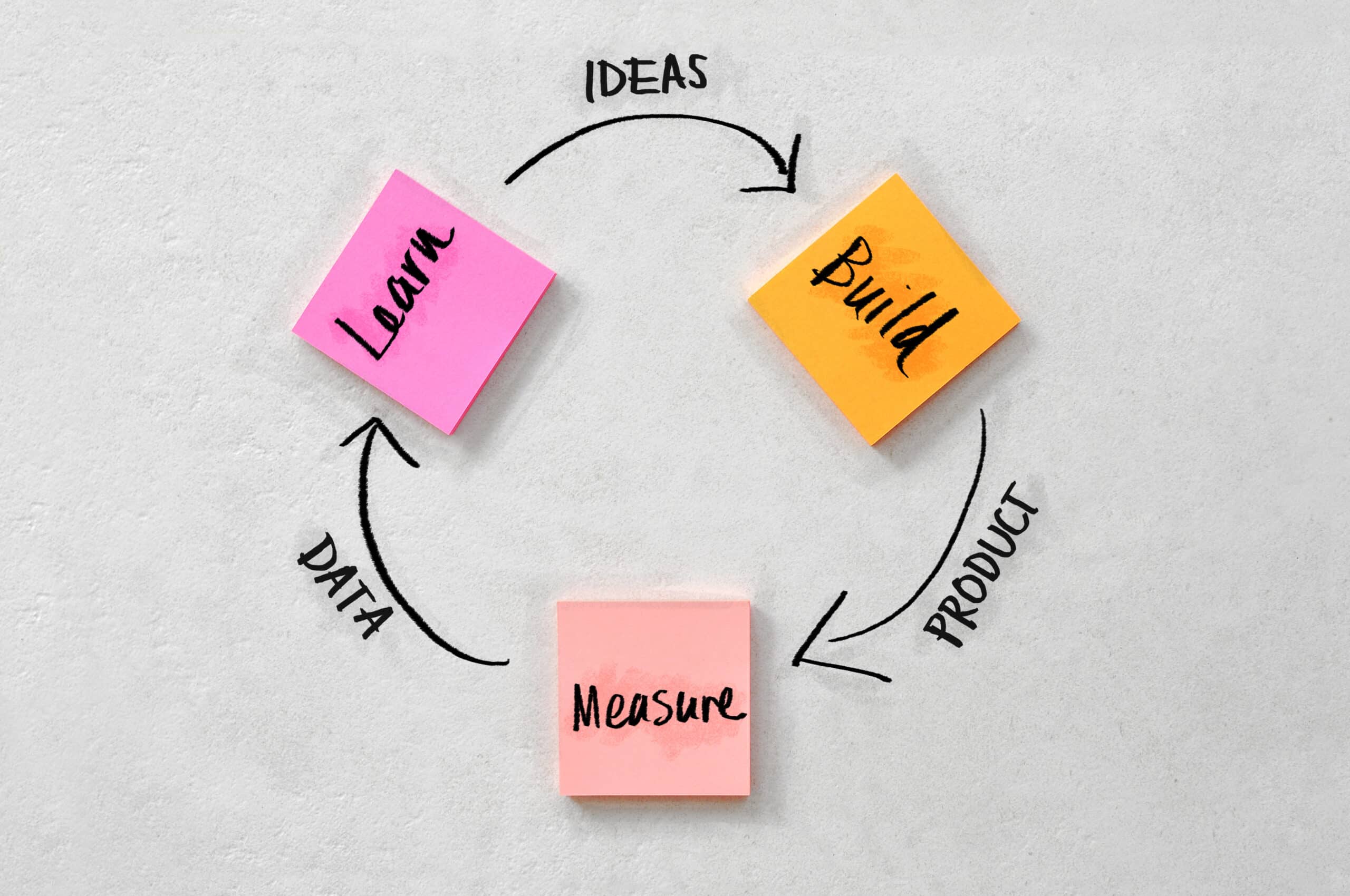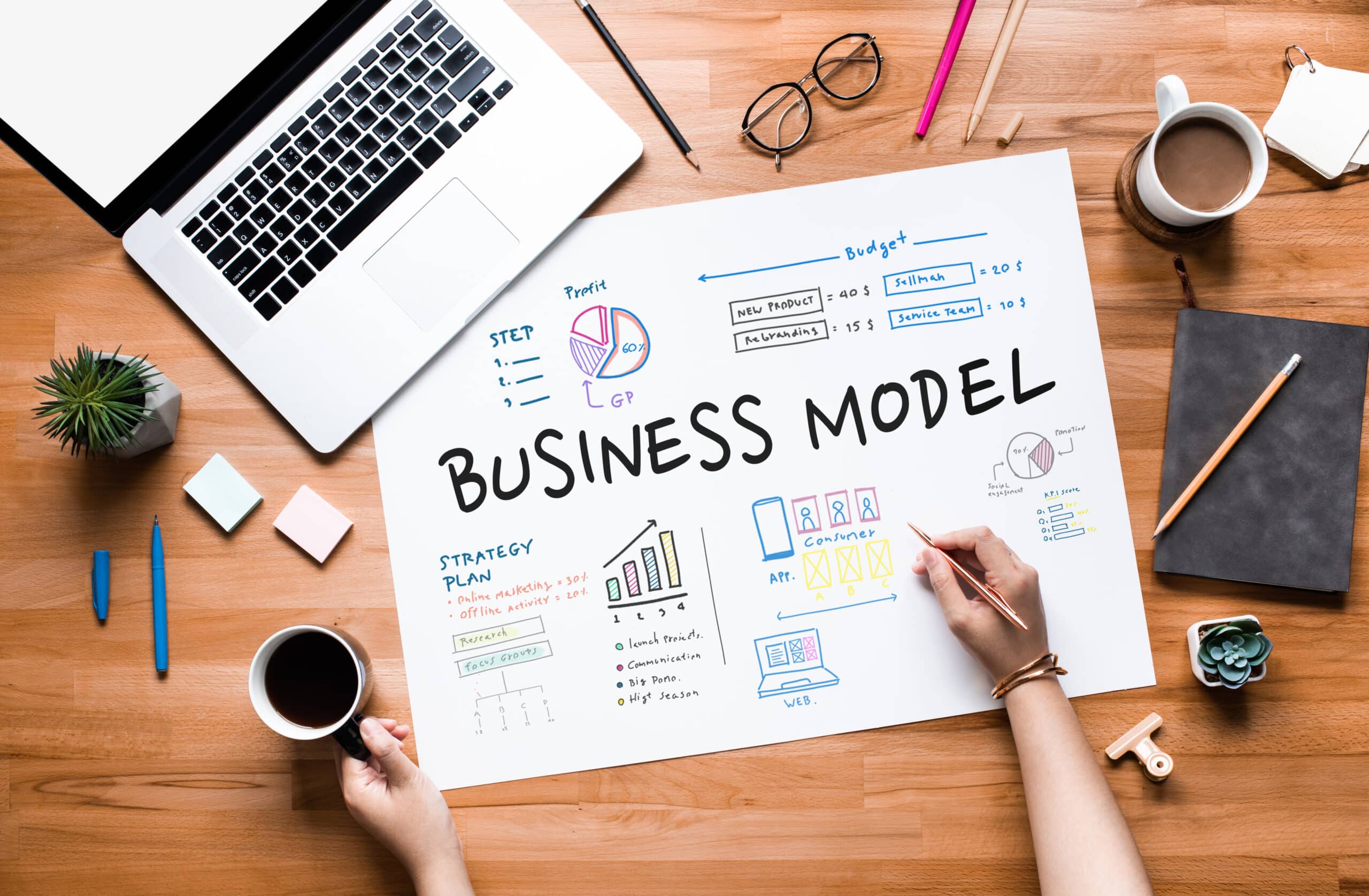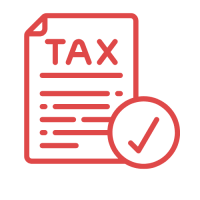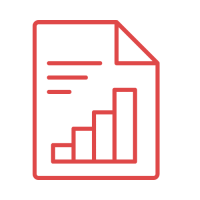Business models are the foundation of any successful business. They determine how products or services are delivered, how revenue is generated, and how value is created for customers. Several different types of business models are available to businesses today, including subscription-based models, business-to-business (B2B) models, and advertising-based models. Each model has advantages and disadvantages that should be considered when choosing one for your business’s needs. In this article, we will discuss these different types of business models in detail so you can make an informed decision about which one is right for your organisation.
Summary
• Business models are the foundation of any successful business, determining how products or services are delivered, how revenue is generated, and how value is created.
• There are three popular types of business models: subscription-based models, business-to-business (B2B) models, and advertising-based models.
• Subscription-based models are based on recurring payments for the services offered. Streaming services, software businesses, and subscription boxes often use this model.
• Business-to-business (B2B) models involve selling products or services to other businesses rather than directly to consumers.
• Advertising-based models rely on ad revenue from customers to generate revenue. News outlets and social media sites often use this model.
• Each business model has advantages and disadvantages that should be considered when choosing one for your business’s needs.
What is a Business Model?
A business model is a set of activities, processes, and interactions that create customer value, generate revenue for the business, and ensure sustainability. It is the blueprint for how a business will develop, produce, market, deliver, and support its products or services. The business model also outlines the methods of capturing customer value in return for providing these products or services. Effectively a business model describes what a business does to create value for its customers.
Where Did The Term Business Model Come From?
Peter Drucker first coined the term business model in the 1950s. He described it as “the structure of the organisation, its goals and objectives, its resources, and the economic environment in which it operates”. In other words, he saw business models as a way to explain how a business works and how it creates value for customers.
Why Is A Business Model Important?
Business models are essential for any business owner to understand as they provide a framework to create value and generate revenue. They are the key to sustainable growth and profitability, allowing businesses to determine the best way to deliver their products or services, capture customer value, and remain competitive in their respective markets.
Business models help entrepreneurs identify the most effective way to reach their target customers, generate revenue, and turn a profit. Without a business model, businesses often struggle to decide the best way to approach their market.
What Questions Does A Business Model Answer?
A good business model should answer the question of who the customer is and what they value. Knowing the target customer, their needs, and how to meet them best is essential for any business to succeed. A business model should clarify who the customer is and their wants and needs. This information can then be used to create value and capture revenue.
A business model answers the questions regarding the underlying economic logic that explains how a business can deliver value to customers at a reasonable cost. It outlines the methods used to capture revenue and generate profits and how to create and offer products or services that meet customer needs. A business model should answer the questions of who will pay when, and how much they will pay.
Business Model Innovation
Business model innovation is the process of redesigning or creating new business models to more effectively and efficiently increase profits, reduce costs, or add value to customers. Business Model Innovation involves analysing existing models and creating new ones better suited to the current market environment. By innovating their business models, businesses can stay competitive in the marketplace and position themselves for long-term success.
Business Model vs Business Plan
Business models and business plans are two different tools used by businesses to help achieve success. A business model is a framework that outlines how a business will deliver products or services, generates revenue, and creates value for customers. A business plan, on the other hand, is a document that outlines a business’s goals, strategies, and tactics.
A New Business Model – The Business Canvas Approach
A business canvas is a visual representation of the business model. It is used to quickly and effectively communicate the structure of an organisation and its plans for creating value. The business canvas provides a snapshot of how an organisation works and outlines the core elements necessary for success.
The business canvas was developed by Alex Osterwalder and Yves Pigneur in their book ‘Business Model Generation’. This popular tool helps entrepreneurs map out their existing business model or create a new one. The canvas has nine components: customer segments, value propositions, channels, customer relationships, revenue streams, key resources, key activities, key partners, and cost structure.
Customer Segment
The customer segment component involves identifying your target customers and what they value. This can be further broken down into demographics such as age group or income level and psychographics like personality type or interests.
Value Proposition
The value proposition describes what your product or service offers customers that competitors don’t.
Channels focus on how you deliver value to your customers — do you use physical stores, online marketplaces, and social media platforms?
Customer Relationships
Customer relationships outlines how you maintain relationships with the customers — do you provide personalised services like one-to-one consultations?
Revenue Streams
Revenue streams answers the question of how you make money from these services — do you use subscription models or charge per unit?
Key Resources
Key resources identifies which resources are essential to support the delivery of products and services — here, we might look at things like raw materials needed for production or technology used throughout operations.
Key Activities
Key activities refers to the processes that bring together all the resources needed — this could involve marketing campaigns to drive sales or research & development efforts to introduce new products & services.
Key Partners
Key partners focuses on who outside your organisation contributes directly towards success — this might include suppliers providing necessary inputs or distributors facilitating access to markets.
Cost Structure
Cost structure looks at fixed and variable costs associated with running the business — for example, labour costs related to manufacturing a product or software fees incurred during development stages.
Overall, understanding your business model using a business canvas can help entrepreneurs maximise their potential for success by highlighting areas where improvements can be made and getting everyone in an organisation on the same page when it comes to achieving goals.
Different Types of Business Models
There are several different types of business models available that businesses can choose from, including subscription-based models, business-to-business (B2B) models, and advertising-based models. Each of these has its own advantages and disadvantages, which should be considered when selecting the best model for your business.
Subscription Business Model
This type of business model relies on customer subscriptions in order to generate revenue. Businesses charge customers a recurring fee or subscription rate to access their products or services. This type of model is often used by software businesses that offer online services. It is a great way to generate a consistent income stream and ensure customer loyalty.
Business-to-Business (B2B) Model
A business-to-business model involves two or more businesses engaging in commercial transactions, such as selling goods and services. This type of model is often used by businesses dealing with other businesses, such as wholesalers that supply retailers. It can be a great way to expand your customer base and create more business opportunities.
Advertising-Based Model
This type of business model relies on advertising revenue to generate income. Businesses use advertising in order to attract customers and make sales. This type of model is often used by businesses that offer free services, such as social media platforms and search engines. It can be a great way to generate income without charging customers for access to your products or services.
Freemium Business Model
The freemium business model is a hybrid of the subscription and advertising-based models. It allows businesses to offer their products or services for free while generating revenue from advertisements on their platform or from customers who sign up for premium services. This type of business model can be especially beneficial for businesses that are just starting out but can also be utilised by larger businesses that want to increase their customer base. They are also popular amongst technology businesses.
Franchise Business Model
The franchise model is a type of business model in which a business (known as the franchisor) grants another business (known as the franchisee) the right to use its trademarks, processes, technology, and other elements associated with its brand. The franchisor typically provides the franchisee with training, marketing materials, access to its products, and ongoing support.
Reverse Auction Business Model
The reverse auction business model is a type of business model in which buyers bid on the prices that sellers are willing to accept for their goods or services. This type of model can be used in a variety of different industries, including manufacturing, retail, and technology. With this business model, buyers post their requirements, and multiple sellers respond with bids. The buyers can then select the bid that best meets their needs.
Traditional Business Models
Traditional business models are those that have been used for many years and have proven to be successful. Examples include the product-based model, the service-based model, and the retail model.
Product-Based Business Model
The product-based business model is an old favourite among entrepreneurs, as it simply involves creating a product and then selling it to customers. This type of business model is often used by businesses that create physical products such as clothing, electronics, and toys.
Service-Based Model
The service-based business model involves providing a service to customers in exchange for payment. This type of business model is often used by businesses that offer professional services such as accounting, consulting, and legal services.
Retail Model
The retail business model is one of the most popular and well-known models in use today. Retailers purchase goods from wholesalers or manufacturers and then sell them to customers for a markup. This type of business model is often used by businesses such as grocery stores, department stores, and clothing stores.
Advantages and Disadvantages of Business Models
Each type of business model has its own advantages and disadvantages that should be considered before selecting the best one for your business.
Subscription-based Business Models
Subscription-based models can be a great way to generate a consistent income stream and ensure customer loyalty. However, it can also be difficult to maintain high subscription rates over time due to customer churn.
Advantages of a Subscription-Based Business Model:
– Generates a consistent stream of income and helps ensure customer loyalty.
– Allows customers to access products or services without making large one-time payments.
– Can provide businesses with financial stability and predictability as subscription rates remain relatively stable over time.
Disadvantages of a Subscription-Based Business Model:
– It can be difficult to maintain high subscription rates over time, leading to customer churn.
– Businesses must provide consistent value in order to keep customers engaged and subscribed.
– Requires ongoing marketing efforts in order to attract new customers and retain existing ones.
Business-to-Business Model
Business-to-business models are a great way to expand your customer base and create more business opportunities. However, it can be difficult to establish relationships and trust with other businesses.
Advantages of Business-to-Business Model
• Provides businesses with the opportunity to access new markets on a larger scale.
• Establishes an intricate network of relationships among businesses in different industries.
• Allows businesses to benefit from economies of scale, which can help reduce costs and increase profits.
• Creates a platform for businesses to develop new products and services.
• Offers customers more options from different providers
Disadvantages of Business-to-Business Model
• It can be difficult for businesses to establish relationships and trust with other businesses, making it challenging to form mutually beneficial business partnerships.
• Businesses may have difficulty in dealing with culture differences between different organisations.
• There is a risk of non-compliance with laws and regulations, which can lead to costly penalties.
• Negotiations between businesses may take a long time, leading to delays in completing transactions.
Advertising-based Business Model
Advertising-based models are a great way to generate income without charging customers for access to your products or services. However, it can be difficult to maintain consistent levels of advertising revenue over time due to changes in customer preferences and interests.
Advantages of an Advertising-Based Business Model
– Generate income without charging customers for access to your products or services.
– Flexible pricing model allows customers to pay only as much as they need.
– Can reach a large number of potential customers with minimal investment.
– Allows businesses to build brand awareness and loyalty.
Disadvantages of an Advertising-Based Business Model
– Difficult to maintain consistent levels of advertising revenue over time due to changes in customer preferences and interests.
– It can be difficult to measure the effectiveness of advertisements.
– Potentially annoying for customers who are bombarded with ads.
– May limit customer engagement due to the lack of direct interaction with customers.
Freemium Business Model
The freemium model is a great way for businesses to attract customers and generate revenue without charging them upfront. This model combines the benefits of subscription-based models, such as generating consistent income, with the advantages of advertising-based models, such as increased customer base and reach.
Advantages of Freemium Business Models include:
– Increased customer base
– Ability to generate revenue without upfront cost to customers
– Increased customer loyalty due to access to additional features and services
– Easier to maintain high subscription rates over time
Disadvantages of Freemium Business Models include:
– Difficulty in maintaining consistent levels of advertising revenue over time
– Potential for customers to become dissatisfied with the free version of the product or service
– Difficulty in establishing relationships and trust with other businesses
Franchise Business Models
Advantages of the Franchise Business Model
• Low upfront investment costs – Franchises typically require a lower initial investment than starting a business from scratch, as the franchisor usually provides support with marketing, training, and operational setup.
• Brand recognition – As part of the franchise agreement, franchisors will often utilise their existing brand recognition to help franchisees get their business off the ground quickly and easily.
• Shared knowledge – Franchisors have a wealth of experience in their particular industry, which they can share with franchisees. This allows franchisees to benefit from the franchisor’s expertise and success in order to start up more effectively.
Disadvantages of the Franchise Business Model
• Limited autonomy – As franchisees are required to abide by certain terms and conditions set out in their agreement with the franchisor, they may have limited freedom to make decisions that could be beneficial for their business.
• Reduced profits – Franchisees typically share a portion of their profits with the franchisor, which can reduce the amount of money they are able to keep for themselves.
• Risk – Due to the upfront investment costs, franchisees may be at risk of losing their entire investment if their business fails.
Reverse Auction Business Models
Advantages of Reverse Auction Business Model
– Cost savings – businesses are able to secure goods and services at competitive prices as suppliers compete for their business.
– Increased efficiency – Suppliers are given limited time to submit bids, which helps streamline the bidding process.
– Transparency – All bidders are able to see what other businesses are offering, which helps to create a fair and competitive market.
Disadvantages of Reverse Auction Business Model
– Risk of overbidding – Businesses may be tempted to bid higher than necessary in order to secure the contract, which can lead to excessive costs.
– Limited negotiation – Due to the fast-paced nature of reverse auctions, businesses may not have enough time to negotiate terms and conditions.
– Dependency on technology – Reverse auction models rely heavily on technology, which can cause issues if the system fails or malfunctions.
Business Model ExamplesBusiness Model Examples
Subscription-Based Model
One of the most successful business model examples of a subscription-based business model is that of Spotify. Spotify is an online streaming service that offers music and audio content for a monthly subscription fee. Over the years, they have been able to build up a loyal customer base who find value in the service and stay subscribed for long periods of time.
Business-to-Business (B2B) Model
Amazon is a great example of a business that has successfully used the B2B model to expand its customer base. Amazon offers products and services to other businesses, such as retailers and wholesalers, in order to reach new markets and create more business opportunities. This strategy has enabled Amazon to grow its business and become one of the leading online retailers.
Advertising-Based Model
Business model examples that have successfully used the advertising-based model to generate income is Google. Google offers a wide range of products and services for free, such as search engines and email services, which are supported by advertising. This model has enabled them to become one of the most profitable businesses in the world and an industry leader in digital advertising.
Freemium Business Model
One business model examples of a business currently using the freemium business model is Dropbox. Dropbox is a cloud storage platform that offers users free and paid plans, allowing businesses to access the platform at no cost with limited features or upgrade to premium plans for more storage space and additional features. With its freemium model, Dropbox has been able to reach a large customer base and increase its revenue.
Franchise Business Models
An example of a business currently using the franchise business model is McDonald’s. Established in 1955, McDonald’s has become one of the most recognisable brands in the world. By offering franchises, they have been able to spread their brand presence to over 100 countries and generate billions of dollars in revenue each year.
Reverse Auction Business Models
One example of a business currently using the reverse auction business model is eBay. Founded in 1995, eBay has become one of the world’s largest online marketplaces, with over 175 million users worldwide. This platform allows individuals and businesses to buy and sell goods and services through an auction-style format. Through eBay’s reverse auction system, sellers are able to bid on items, and buyers are able to get the best deal possible.
Key Points For Success
The key to success is finding the right business model and developing a strategy that works best for your organisation. By employing the right strategies, businesses can create value, generate revenue and keep their customers happy. With the proper implementation of these models, organisations can become successful in their respective industries.
• Establish a strong brand identity – A strong brand identity is essential in order to stand out among competitors and create a loyal customer base. This can be achieved through consistent messaging, effective marketing strategies, and quality customer service.
• Utilise technology – Businesses should use current technologies to keep up with consumer trends and optimise the customer experience.
• Focus on customer service – Maintaining quality customer service is key to ensuring customers remain loyal and continue using their products or services. It is also important for businesses to continuously assess and improve customer satisfaction in order to stay ahead of the competition.
• Find the right business model – Businesses should evaluate different business models and select the one that best fits their needs.
• Develop a business plan – With a solid business plan in place, organisations can take advantage of their chosen business model.
Know Your Costs
When business owners evaluate successful business models, it is important to consider the costs of running and maintaining the model. Unfortunately, this is an often overlooked factor when it comes to selecting a business model. Many entrepreneurs might underestimate the costs associated with setting up and running a business model as they focus solely on the potential income they can generate.
How To Implement A Business Model
Implementing a business model effectively within an organisation is essential for long-term success. Several tips can help ensure that the chosen model is implemented and managed efficiently.
First, it’s important to create a plan for implementing the chosen model. This includes setting objectives, outlining strategies, and creating metrics for measuring progress. This plan should be communicated to the entire organisation so everyone knows the expectations and can work together towards achieving them.
Second, it’s important to stay up-to-date on industry trends and customer preferences in order to ensure that the model is meeting customers’ needs. Researching the competition and their models can help provide insights into what works, as well as ideas for improvement.
Third, it’s important to create strategies focusing on customer engagement and retention. This includes offering discounts or other incentives to keep existing customers interested in the product/service, as well as creating effective marketing campaigns to attract new customers.
Finally, it’s important to review the business model regularly in order to make sure that it is still effective and meeting customer needs. Adjustments can be made as needed in order to ensure that the model is up-to-date and able to generate maximum results.
By following these tips, businesses can ensure that the business model is implemented and managed effectively, leading to long-term success.
Conclusion
Business models are essential for any organisation looking to succeed in today’s market. Various types of models can be used, each with its own advantages and disadvantages. Subscription-based models are great for generating consistent income and customer loyalty, while business-to-business models provide access to new markets and create opportunities. Advertising-based models offer an opportunity to generate income without charging customers but must be managed correctly in order to be successful. When selecting a model, it’s important to consider the advantages and disadvantages of each option before making a decision that best suits the business’s needs. It’s also important to create a plan for implementation, stay up-to-date on trends and customer preferences, focus on customer engagement and retention, and review the model regularly in order to make sure that it is still effective. With the right business model and implementation strategy in place, businesses can ensure long-term success.
What You Should Do Now
Businesses should research different business models available and select one that best fits their needs. They should also create a plan for implementation, stay up-to-date on industry trends and customer preferences, focus on customer engagement and retention, and review the model regularly in order to ensure long-term success. By doing these things, they can create an effective business model that generates maximum results.
Let’s Get Started
If you’re looking for a partner to help you choose the best business model for your business and implement it effectively for long-term success, then look no further. Our team of experts can provide you with the knowledge, guidance, and support you need to create a successful business model that will generate maximum results. Contact us today for more information.
contact us: neil@neilradfordaccountant.com.au or (07) 3453-1848. Follow us on social media for more updates and resources about small business growth.
We look forward to hearing from you!
FAQ
Q: What are the different types of business models?
A: The most common types of business models include subscription-based models, business-to-business models, and advertising-based models. Each model has its own advantages and disadvantages, so businesses should research and evaluate each option before making a decision.
Q: What are the benefits of having a business model?
A: Having a business model in place can help businesses understand the best way to generate revenue, create value and deliver products or services. It also helps to keep customer engagement high and provides an opportunity for long-term success.
Q: What should I consider when selecting a business model?
A: When selecting a business model, it’s important to consider the advantages and disadvantages of each option before making a decision that best suits the business’s needs. It’s also important to create a plan for implementation, stay up-to-date on trends and customer preferences, focus on customer engagement and retention, and review the model regularly in order to make sure that it is still effective.
Q: How can I get help with choosing and implementing a business model?
A: If you’re looking for partner to help you choose the best business model for your business and implement it effectively, then look no further. Our team of experts can provide you with the knowledge, guidance, and support you need to create a successful business model that will generate maximum results. Contact us today for more information.


